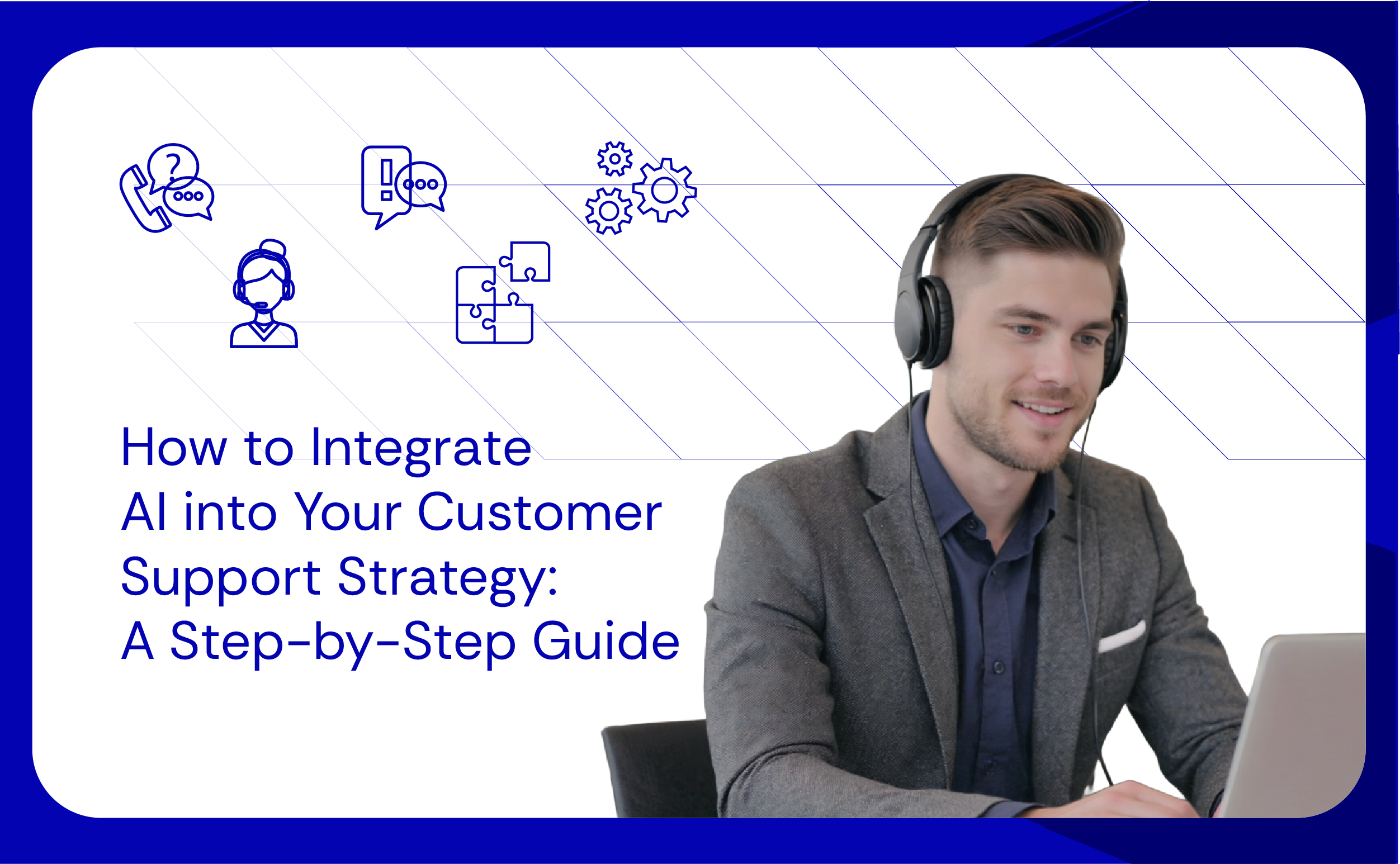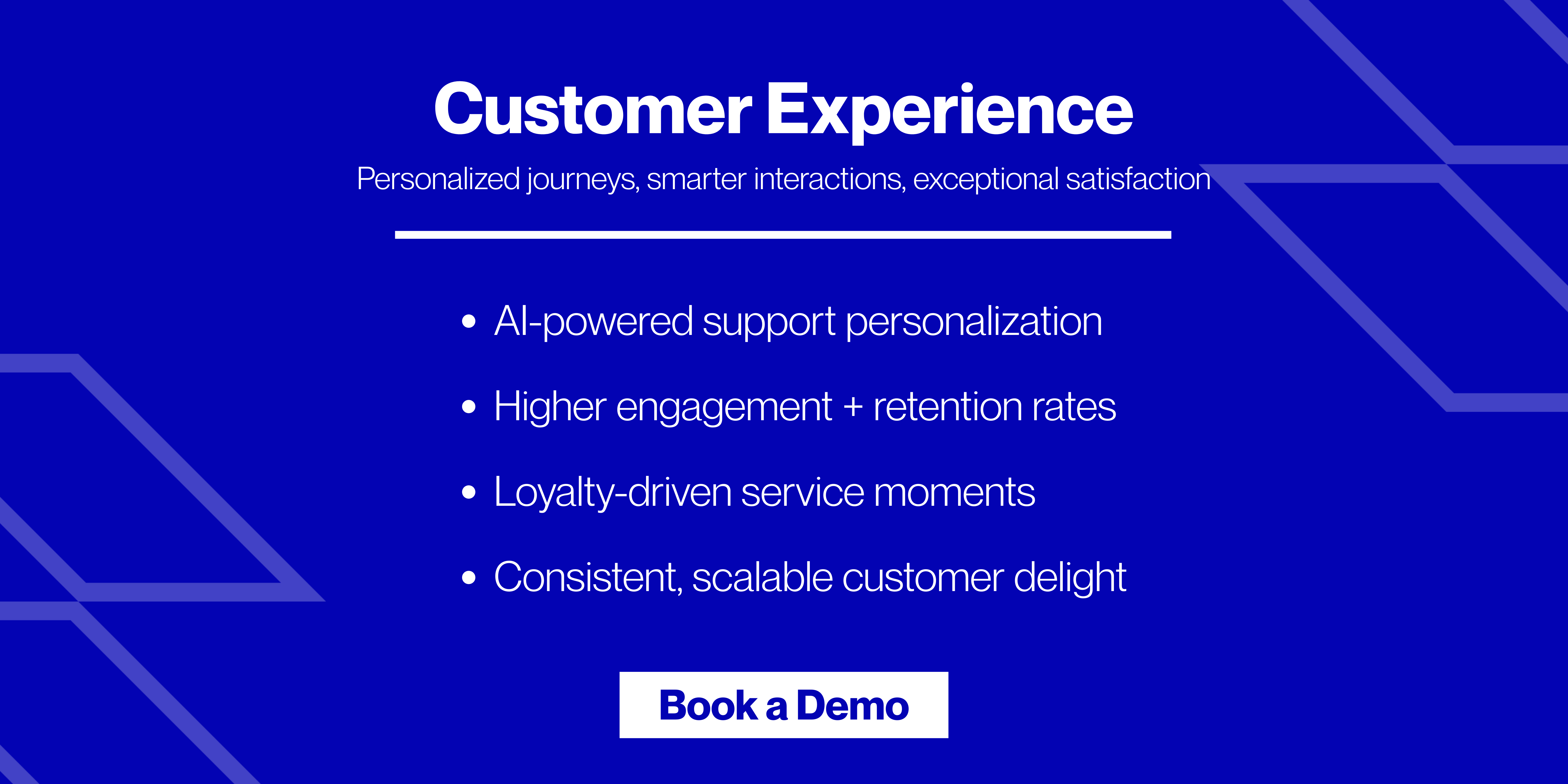By using AI in customer service, you can automate responses, reduce agent workload, and offer 24/7 customer support. To make a successful integration, you need to select the right AI tools integrated with your CRM, helpdesk, analytics and omnichannel platforms.
If you’re a CX or Support leader at a consumer brand in the US, UK or Australia, you know customers expect speed and personalization at scale. Studies show that about 71% of consumers expect personalized interactions and 76% get frustrated when those expectations aren’t met.
However, as a business grows, this becomes harder to do! What’s the primary challenge here? Delivering great customer service while serving a large customer base, without overloading your team.
The solution – AI in customer support strategy
With AI, you can improve customer service in ways that weren’t possible before! However, many companies struggle to set up and use AI in their customer support systems.
Are you in the same boat? This article will explain how you can easily integrate AI into your customer support strategy. Also, we will check the advantages and drawbacks of AI in customer support strategies. But first, let’s begin with the meaning of AI in customer service!
What is AI in Customer Service?
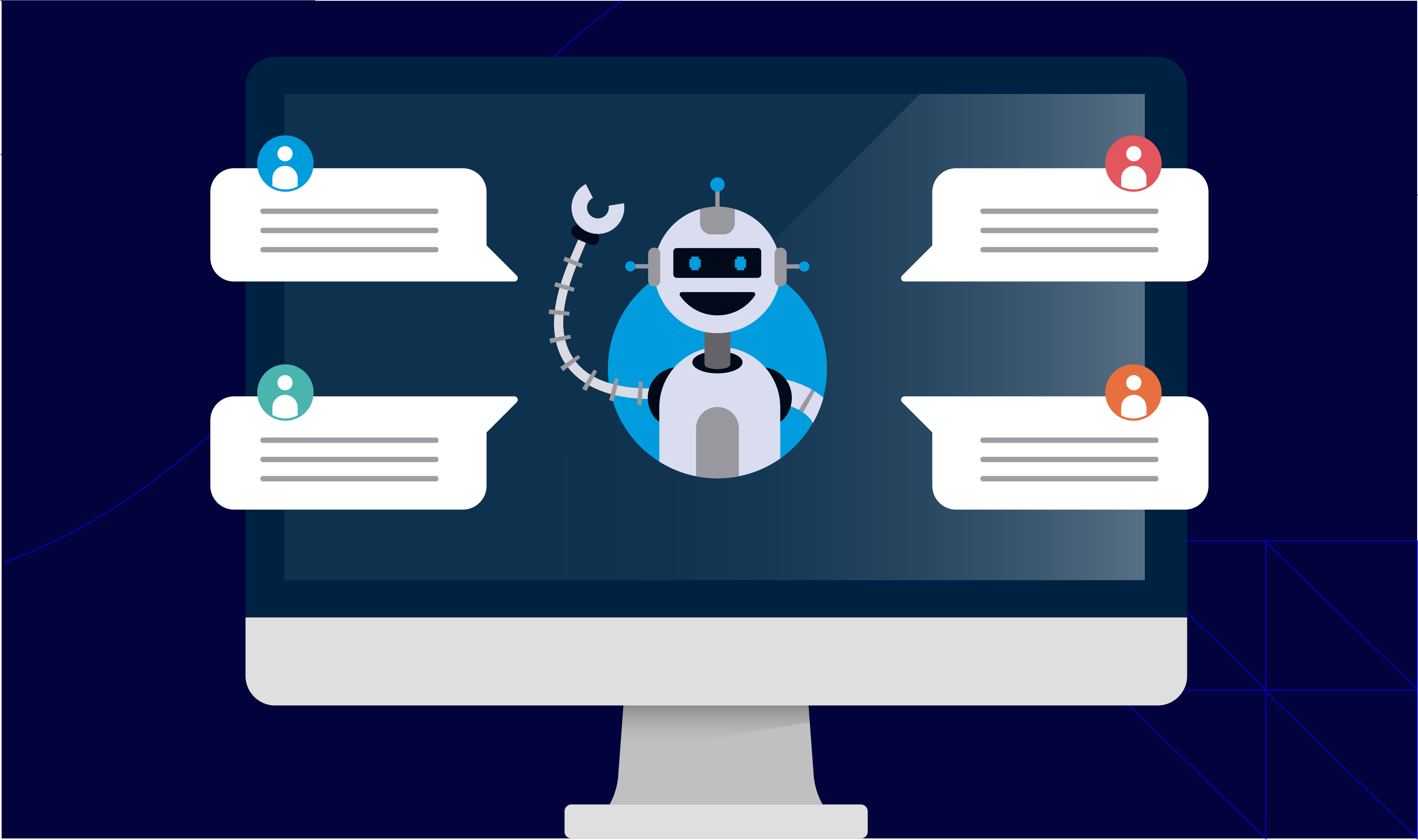
AI in customer service means using smart technology to:
- Provide faster responses
- Automate simple tasks
- Support human agents in handling more complex issues
This saves time, money and makes interactions more consistent across channels. When used correctly, AI can also make customer interactions feel more personal.
As per Zendesk Customer Experience Trends Report 2024, over two-thirds of customer experience (CX) organisations believe that AI can make service interactions feel feel more human and relationship-driven, which helps build customer loyalty.
What are the Benefits of Using AI in Customer Service?
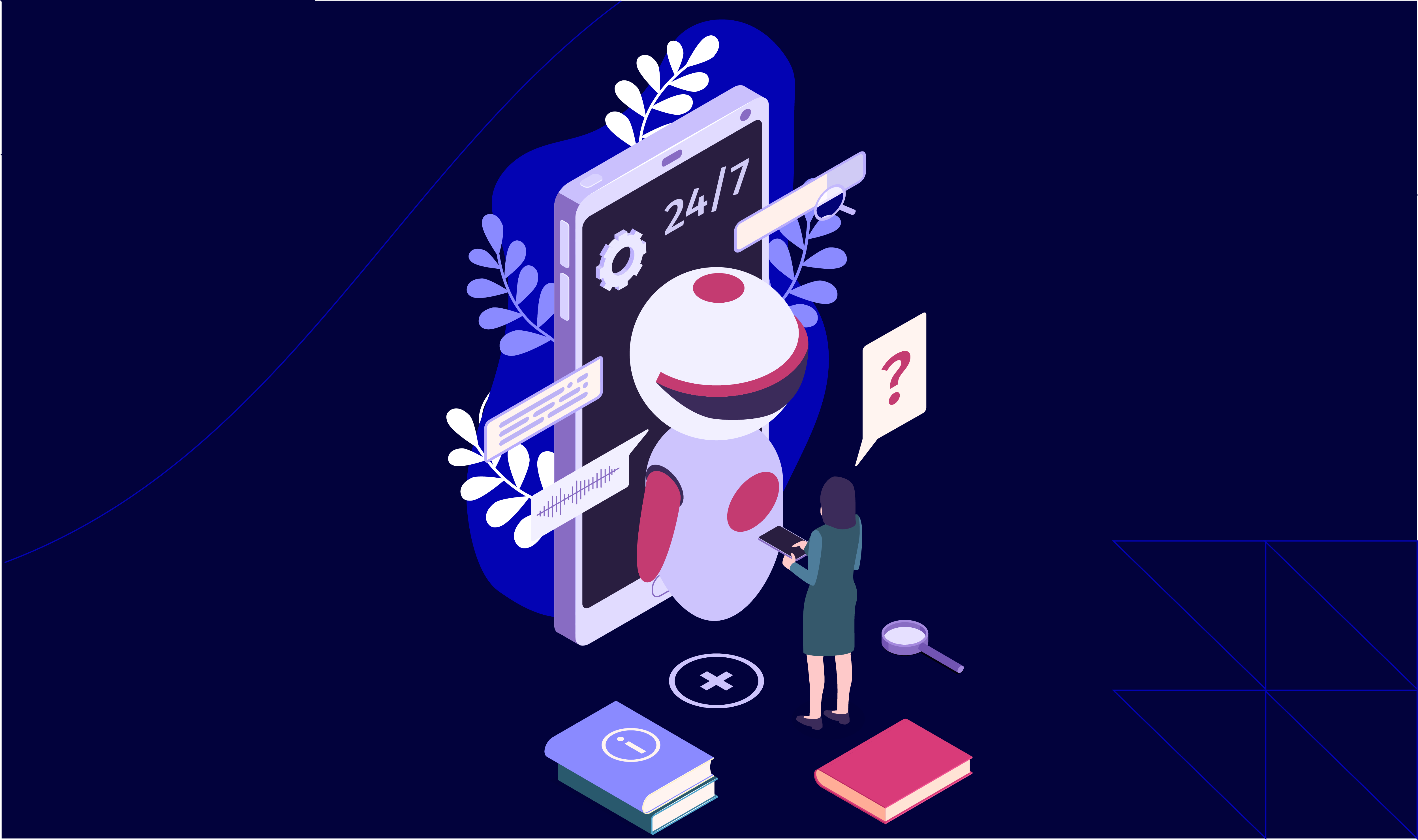
Please realise that if your business is growing, your customer support needs will also grow! When this happens, your older customer service systems may no longer work! If you continue using them, your:
- Response times may get longer
- Customer experiences may become inconsistent
- Support teams may become overwhelmed
To avoid these issues, most businesses use AI in their customer support strategies. Let’s check out some major advantages of this integration:
1. Decrease Costs
AI reduces customer service expenses by:
- Automating routine tasks
- Answering common questions
This allows you to solve more customer issues with fewer employees (which reduces cost). A McKinsey study found that 50% of companies adopting AI saw cost savings.
2. Improves Customer Satisfaction
AI-powered chatbots and virtual assistants are available 24/7. They can answer questions anytime without long wait times.
This significantly creates availability! Consequently, it leads to higher satisfaction and increased customer loyalty.
3. Boost Agent Efficiency
When you use AI in customer support strategies, it takes care of repetitive and time-consuming tasks, such as:
- Answering FAQs
- Processing return requests
- Regularly providing product delivery statuses
Such automation reduces the workload of your customer support teamsa llowing them to focus on value-added conversations. Also, when agents handle more meaningful tasks, they feel more engaged and motivated in their jobs.
4. Personalised Experiences
AI gathers and analyses customer data. This provides support agents with useful insights. Using this information, your agents can easily offer personalised solutions based on a customer’s past:
- Interactions
- Preferences
- Needs
This makes customers feel valued and improves the quality of your customer support strategies.
5. Handle High Support Demand
During peak times, your customer support teams may struggle to manage large volumes of inquiries. Using AI models, you can handle multiple customer requests across different channels, such as phone, email, and chat.
This ensures that all customers receive timely support, even when demand is high.
Step-by-Step Guide to Integrate AI in Your Customer Support Strategy
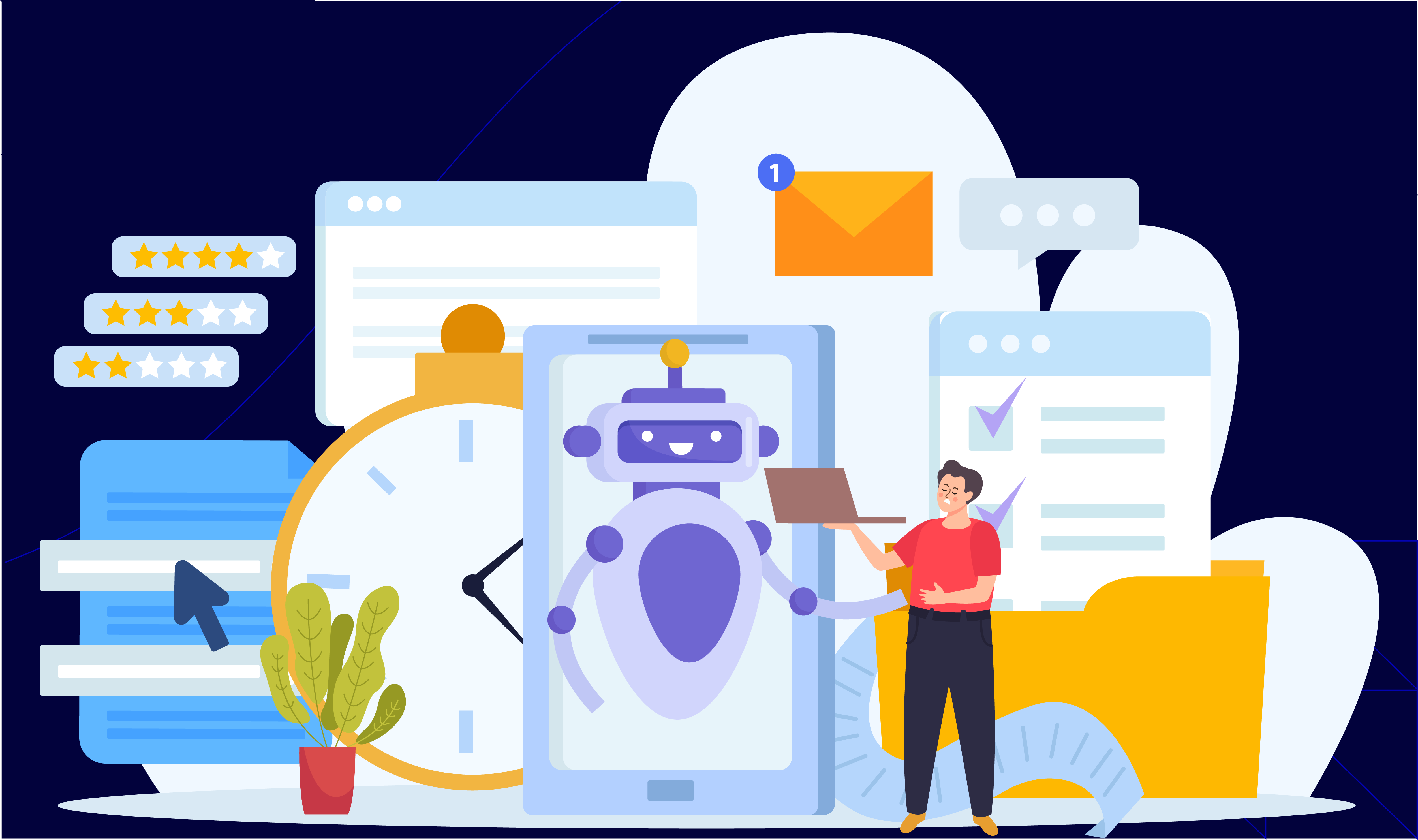
Adding AI to customer support is not as simple as turning it on! It takes planning, and you must follow the right approach. Below is a step-by-step guide that you can follow to integrate AI into your customer support strategy:
Step I: Choose the Right AI Tools
To begin with, identify the areas in customer support that need improvement. Particularly, look for AI tools that can work with your current customer support strategies and expand as your business grows.
You can try Generative AI. It creates responses based on past data and can also make conversations feel more natural. However, the chosen AI model must be trained with the right data to provide correct answers.
Step II: Integrate with CRM Systems
Your Customer Relationship Management (CRM) system stores customer details like:
- Previous interactions
- Customer preferences
- Purchase history
By connecting AI with your CRM tool, you can automatically update information and analyse customer behaviour. This integration also allows AI to:
- Provide personalised support based on past interactions
- Understand the real customer needs
- Track issues and improve customer relationships
Step III: Use AI Chatbots
Start using AI chatbots. They can:
- Handle simple customer questions (such as order status or store hours)
- Provide instant responses and reduce waiting times for customers
- Collect and analyse customer data
By using them, you can provide quick responses to common inquiries and reduce the workload of your agents.
Step IV: Connect with Helpdesk Platforms
When you connect AI with your existing helpdesk platforms, it ensures that AI chatbots and human agents can work together. Let’s see how:
- Say an AI chatbot cannot solve a problem. Now, it transfers the conversation to a human agent, along with all previous messages and customer details. This leads to a smooth transition and avoids asking customers to repeat information.
Such an integration improves your customer support strategies by making issue resolution faster and more personalised.
Step V: Utilise Knowledge Base Integration
For the unaware, a knowledge base is a collection of:
- Articles
- Answers to common customer questions
Your AI model should be connected to this knowledge base. This lets you provide accurate information when customers ask questions. Also, by using advanced AI systems, you can:
- Analyse common customer inquiries
- Get suggestions to update the knowledge base
- Understand gaps in articles or FAQs
This lets you improve your support resources and customer support strategies. At the same time, this connection ensures that both AI and human agents always have the most up-to-date information to assist customers.
Step VI: Integrate AI with Analytics and Reporting Tools
In this step, you have to connect your chosen AI model with your existing analytics tools. Such an integration allows you to:
- Track handle time, FCR and sentiment
- Make a deep analysis of reports
- Gain valuable suggestions based on business data
- Support overall team performance
By using this information, you can improve customer service and even adjust AI responses based on real customer needs. Also, it lets you understand trends and develop smart customer support strategies.
Step VII: Ensure Omnichannel Support
Nowadays, customers use multiple channels to contact businesses. This includes:
- Websites
- Email service outsourcing
- Social media
- Phone calls
AI should be integrated into all these different communication channels. This lets customers receive instant and consistent support no matter how they reach out! Also, it allows you to track customer interactions across platforms. With AI embedded in all channels, you deliver consistent, fast experiences everywhere.
Disadvantages of AI in Customer Service
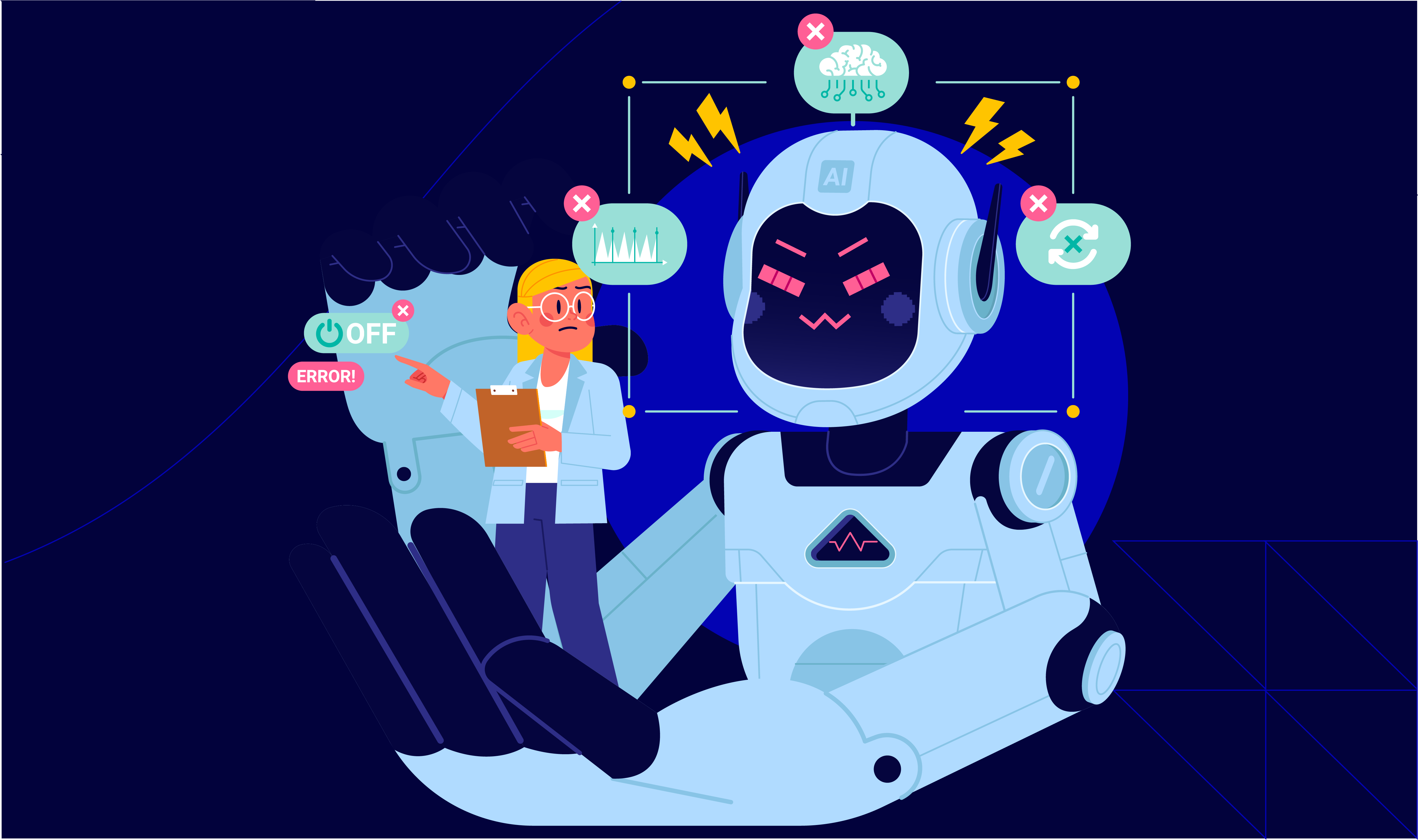
Besides the benefits mentioned above, the integration of AI in customer support strategies also creates several challenges. Let’s check them out:
1. Lack of Human Empathy
AI cannot fully understand human emotions. In sensitive situations, customers may need kindness and emotional support, which AI cannot provide.
Here, if customers receive automated responses, they usually feel cold or robotic. Consequently, they become frustrated and believe the business does not care about their concerns.
2. Challenges with Complex Queries
AI relies on programmed responses. Usually, it struggles with unique or complicated issues. If AI cannot solve a problem, the customer may need to repeat their concern to a human agent.
This can slow down the support process. Also, it causes delays and increases frustration for the customer.
3. High Initial Costs
Integrating AI in customer support strategies requires an upfront investment in:
- Software
- System Integration
- AI training
If you run a small business, you may find these costs difficult to manage (particularly when you do not see immediate financial benefits).
4. Risk of Errors and Misinterpretation
In some cases, it has been observed that AI misunderstood customer messages due to:
- Unclear wording
- Slang
- Typing mistakes
This led to incorrect or irrelevant responses and caused dissatisfaction among customers. Such repeated errors make customers lose trust in the system and prefer speaking with a human agent instead.
5. Customer Frustration with Automation
Some AI systems make it difficult to reach a live agent. In such cases, customers feel ignored or trapped in an unhelpful automated process. This again leads to dissatisfaction and a negative view of the company.
Bottom line: AI is best used as a co-pilot, not a replacement.
Finding AI Integrations Costly? Why Not Save Big with Atidiv?
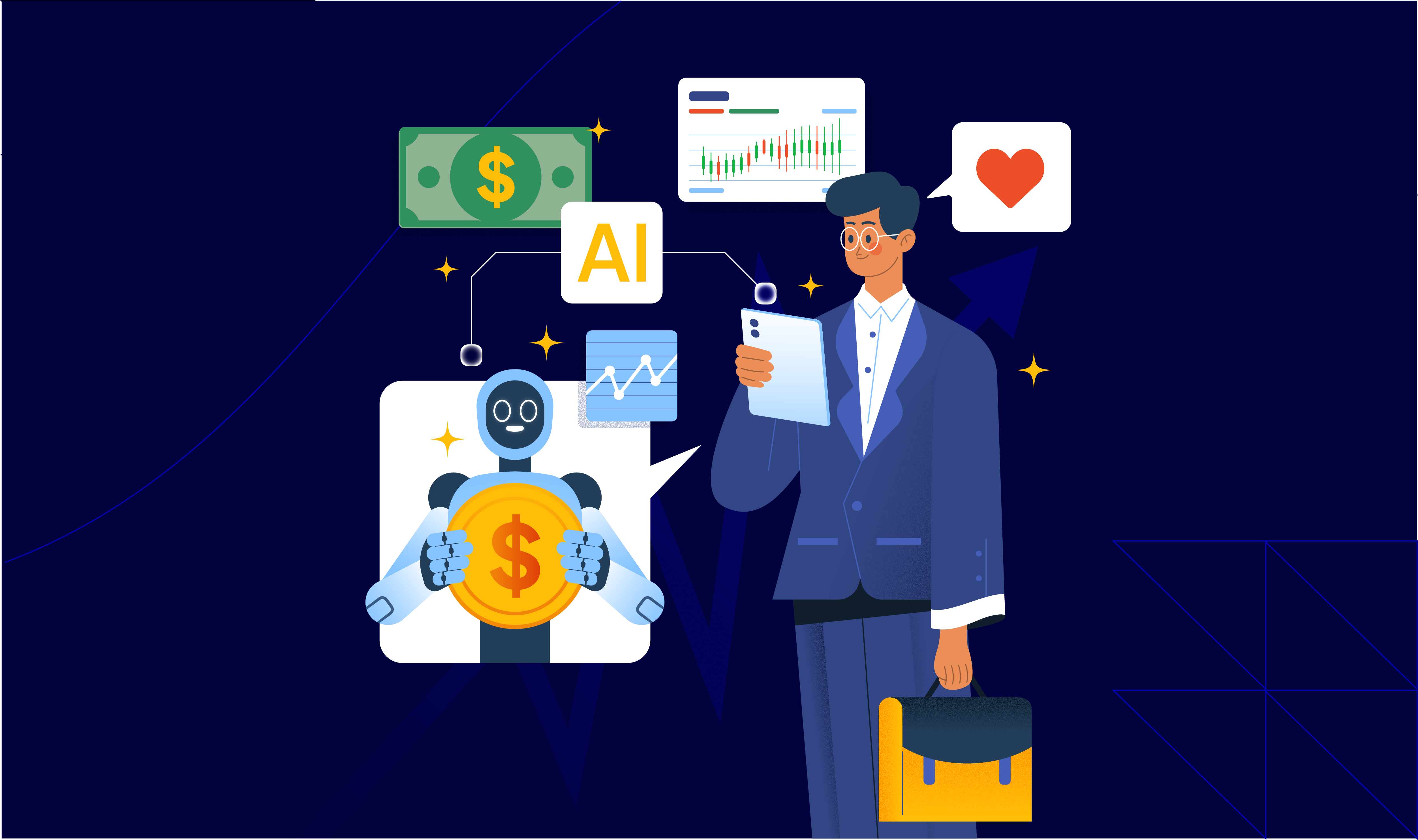
Nowadays, companies are using AI in customer support strategies to transform customer support by:
- Automating tasks
- Personalising experiences
- Providing fast responses
- Achieving cost-efficiency
However, integrating AI requires strategic planning and the wrong setup can hurt CX instead of improving it . To gain the most, you should connect AI with CRM, helpdesk, and analytics platforms.
Furthermore, while AI offers better efficiency, it also leads to empathy gaps, risk of misinterpretation, and high initial costs.
Want to hire a CX specialist who can guarantee top-tier support to your customers? We at Atidiv are leaders in AI-driven customer support solutions.
Consumer brands and D2C companies in the US, UK and Australia implement AI in ways that drive cost savings, agent productivity and customer loyalty.
Our support model is:
- Data-backed – We track KPIs like AHT, FCR, and sentiment.
- Scalable – From 5 to 500+ employees, support grows with you.
- Proven – Recently, we helped a major US tire retailer save $1.3M annually.
Partner with Atidiv today and scale your customer support smarter, not harder.
FAQs on AI Integration in Customer Support Strategy
1. Can I completely replace human agents with AI models?
No, AI is meant to assist, not replace, human agents! You can use AI to handle routine questions. However, for complex issues and emotional interactions, you will still need human agents. Here, the best approach is to use a mix of AI and human support.
2. How much does it cost to integrate AI into customer support strategies?
The cost depends on the:
- AI tools chosen
- Your business size
- Integration complexity
Usually, the initial investments you need to make are software, training and setup costs upfront.
3. Will AI frustrate my customers instead of helping them?
If AI is not properly integrated with your customer support strategy, customers may feel frustrated (particularly if they struggle to reach a human agent).
Thus, to avoid this, your chosen AI model must be trained to escalate complex issues to a human. Also, it should provide clear and accurate responses.
4. How can AI improve customer satisfaction without losing personalisation?
Most AI models used in customer service analyse customer data, like:
- Past interactions
- Orders
- Customer preferences
These help them provide personalised responses. However, you would still need to hire human agents for unique cases that require empathy and judgment.
